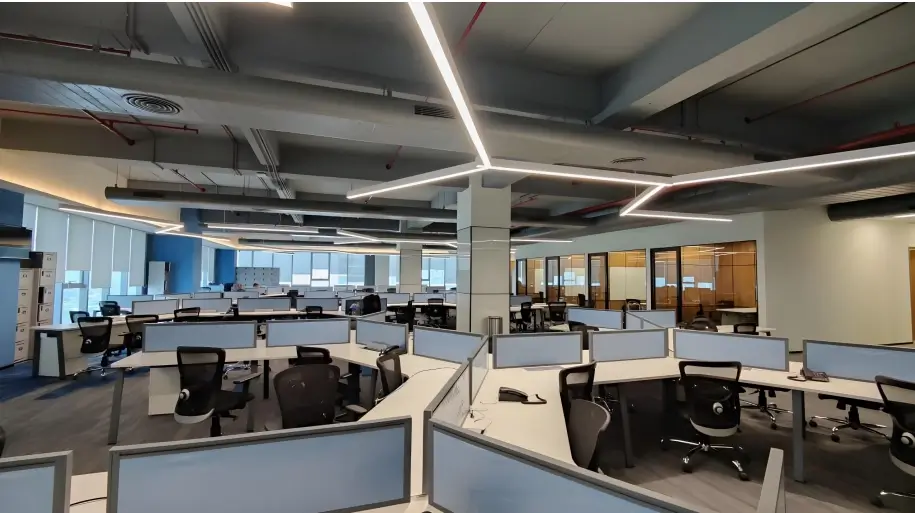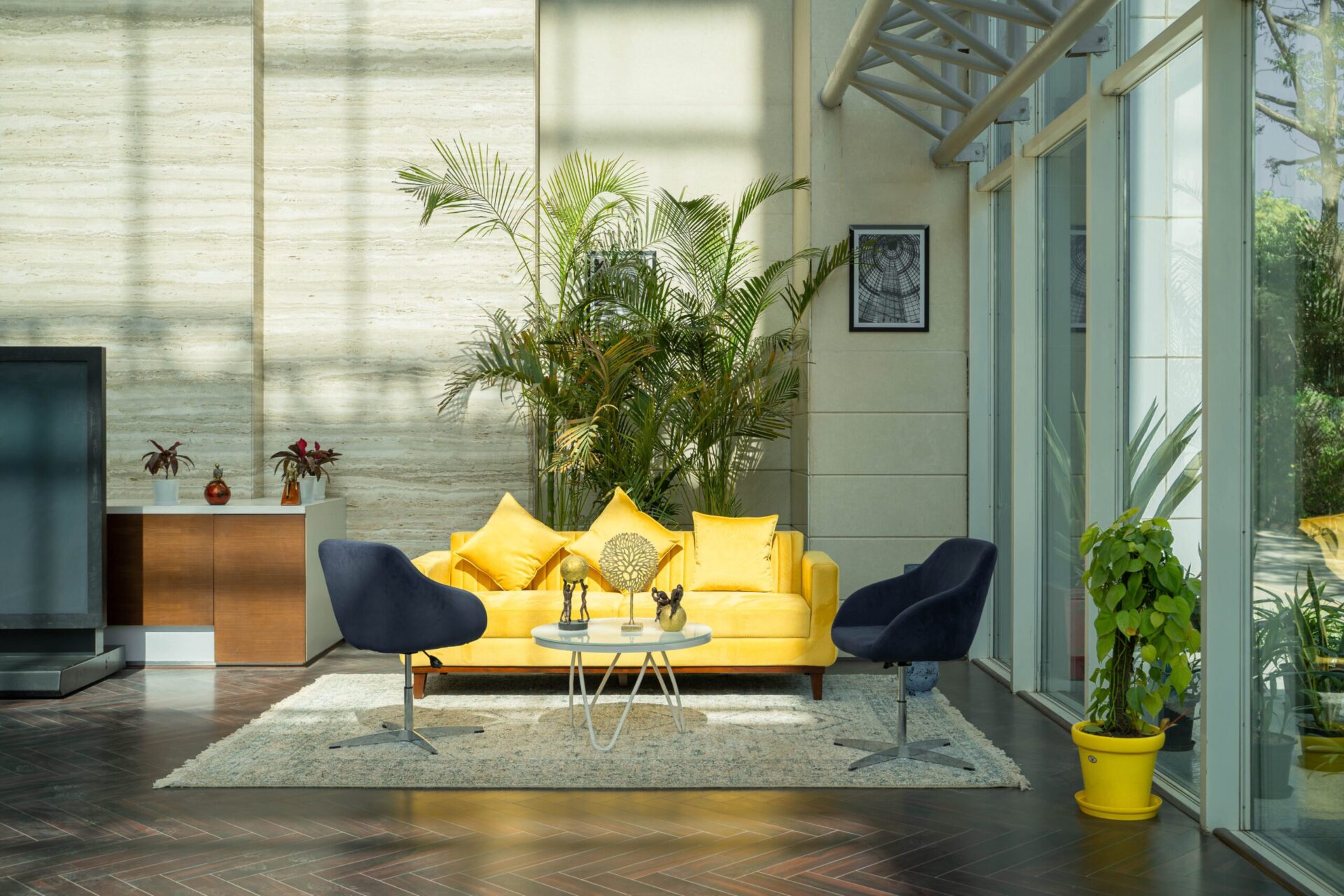Office buildings that are designed in a proper manner are not just offices but also places where the workers’ efficiency, creativity, and happiness are inspired. Besides a well-designed facility that provides safety, the floor plan which incorporates ergonomic furniture, lighting, and environmental sustainability is another key element of a modern office design that contributes to a work environment that is conducive to productivity.
NowFirms are investing money in smart technology, green materials, and flexible spaces which cater to the evolving needs of employees. This begs the question: What exactly is a well-designed office building?
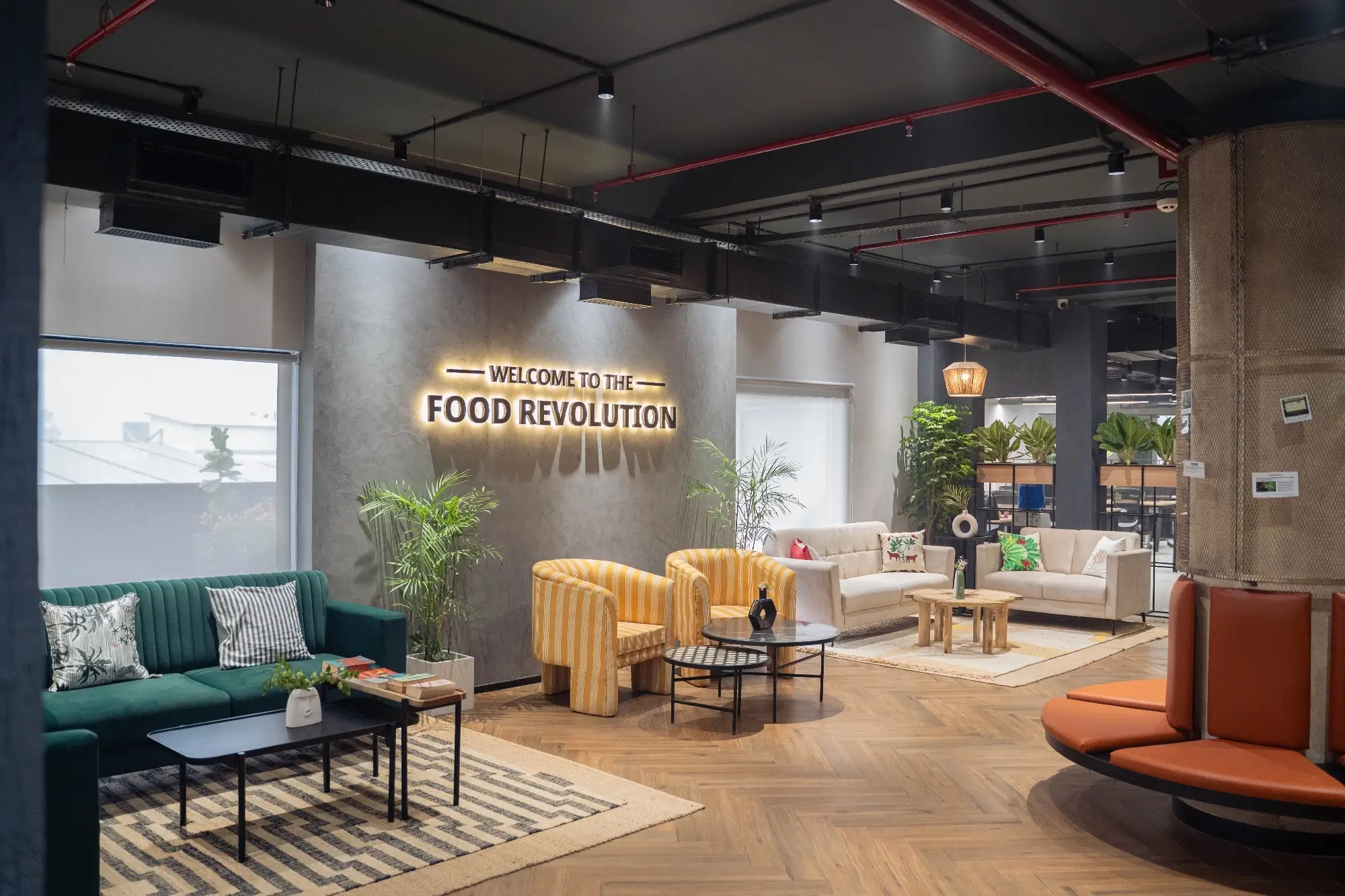
Here are the 10 most essential aspects of a perfect workplace.
1. Structural Integrity and Space Planning
A well-designed office building starts with a strong foundation and an efficient space layout that balances collaboration and privacy.
Why Structural Integrity Matters?
Long-term durability is guaranteed by a reinforced foundation constructed from high-quality steel and concrete.
Climate resilient designs help with earthquakes, floods, and storms.
Smart spatial planning allows efficient movement and optimized workstation layouts.
🔹 Learn More: Importance of Structural Stability in Office Buildings
2. Maximizing Natural Light for Productivity
Lighting is one of the most important aspects of a well-designed office building. Poor lighting can lead to eye strain, headaches, and lower concentration levels.
Best Practices for Office Lighting
Maximizing daylight exposure using large windows and glass partitions.
Using LED lights with daylight sensors to optimize brightness levels.
Incorporating reflective surfaces and bright color palettes to distribute light efficiently.
💡 Did You Know? Studies show that employees who work in naturally lit spaces are 15% more productive than those in artificial lighting.
🔹 How Natural Light Enhances Workplace Performance
3. Indoor Air Quality and Ventilation
Poor air circulation in office spaces can lead to fatigue, respiratory issues, and reduced productivity. Proper ventilation ensures a fresh and healthy work environment.
Ways to Improve Indoor Air Quality
Advanced HVAC systems with air purifiers and CO2 sensors.
Green walls and indoor plants to filter pollutants naturally.
Smart ventilation systems that adjust airflow based on occupancy levels.
🔹 Read More: The Role of Ventilation in Healthy Workspaces
4. Ergonomic Workstations for Comfort
A well-designed office building must focus on employee comfort and posture. Poor ergonomics can cause chronic pain, fatigue, and reduced efficiency.
Key Features of an Ergonomic Office
Adjustable chairs with lumbar support to prevent back strain.
Sit-stand desks to promote movement and flexibility.
Ergonomic keyboards and mouse setups to prevent wrist injuries.
💡 Fun Fact: Offices with ergonomic workspaces see a 25% increase in productivity due to improved employee well-being.
5. Acoustic Control and Noise Reduction
Modern open-office layouts can be noisy, leading to distractions and lower concentration levels.
How to Manage Office Noise?
Acoustic ceiling panels, carpets, and noise-absorbing furniture help minimize sound disruptions.
Soundproof booths and quiet zones provide spaces for deep work.
White noise machines can neutralize unwanted sounds in busy areas.
6. Smart Office Technology for Efficiency
Technology plays a significant role in enhancing office functionality. Smart offices use automation and AI-driven systems to improve efficiency.
Must-Have Smart Tech in Offices
IoT-powered climate control and lighting systems for energy savings.
Wireless charging stations, high-speed Wi-Fi, and smartboards for seamless connectivity.
AI-powered security systems with facial recognition and automated entry.
🔹 How Smart Offices are Shaping the Future of Work
7. Sustainable and Energy-Efficient Design
An ideal office building should be eco-friendly and energy-efficient.
Eco-Friendly Office Solutions
The use of solar panels and energy-saving lighting system ease the carbon footprint.
Eco-friendly materials like bamboo, recycled wood, and non-toxic paints will be used for construction.
The application of water-saving techniques such as rainwater collection and low-flow fixtures.
💡 Fact: LEED-certified office buildings consume 30% less energy and water than traditional buildings.
🔹 Read More: LEED Certification and Green Building Benefits
8. Flexible Workspaces for Collaboration and Focus
A well-balanced office provides both open and private spaces to cater to different work styles.
Ideal Office Layouts
Open lounge areas for brainstorming and informal meetings.
Soundproofed private booths for deep work and confidential discussions.
Modular workstations that can be customized as per employee needs.
9. Aesthetic Appeal and Branding
A visually appealing office boosts employee morale and enhances brand identity.
Design Elements that Define Office Aesthetics
Branded colors, murals, and custom signage to reinforce corporate identity.
Biophilic design elements like natural textures, wood, and stone for a refreshing ambiance.
Statement lighting fixtures and unique furniture to add character to the space.
10. Employee Wellness and Recreational Areas
A well-designed office building prioritizes employee well-being, relaxation, and mental health.
Key Wellness Features
Wellness rooms and nap pods for relaxation.
Fitness centers and outdoor terraces to promote physical activity.
Breakout zones with games and entertainment to reduce stress.
💡 Did You Know? Offices with wellness programs see a 20% reduction in employee turnover.
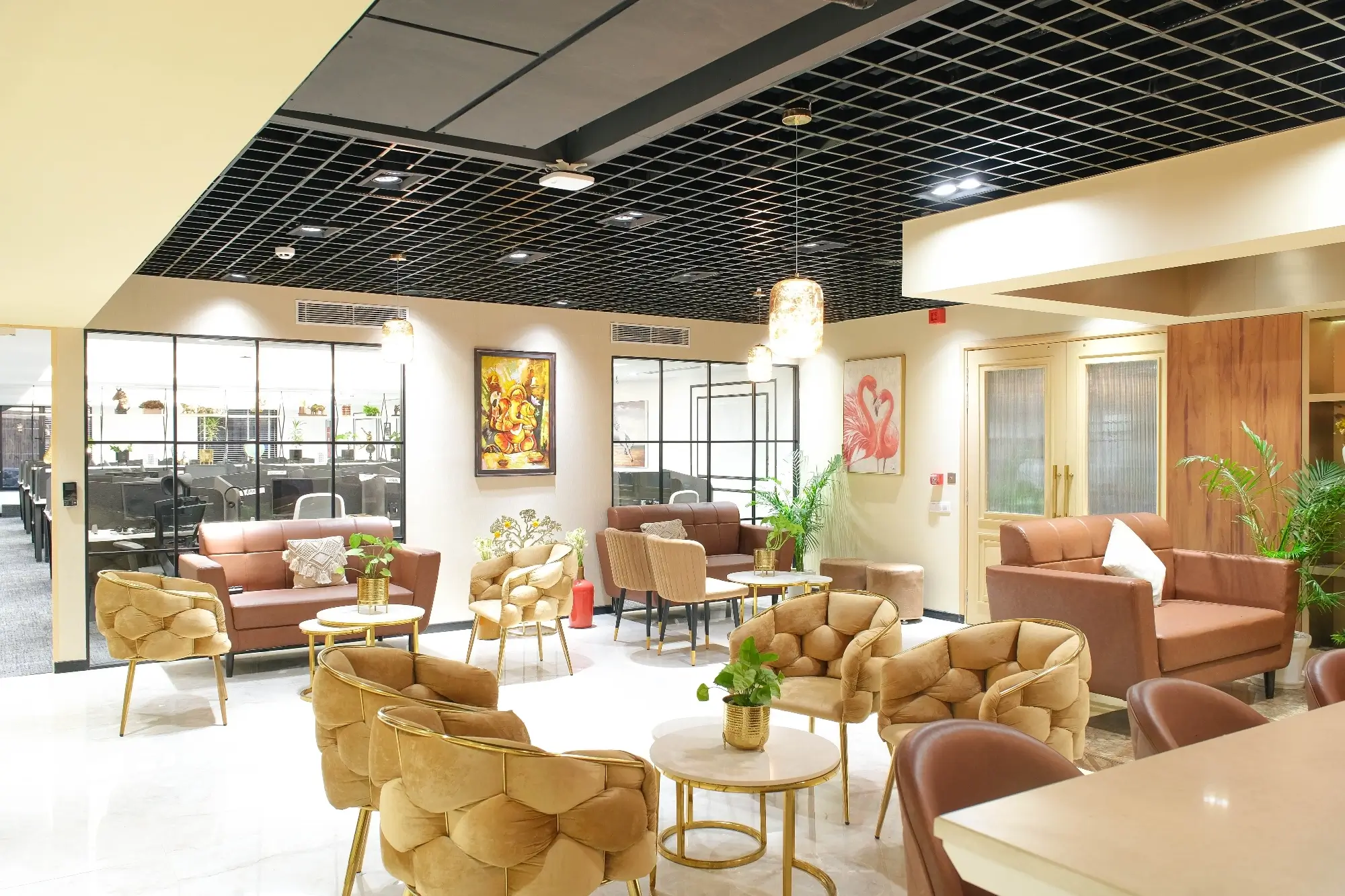
Conclusion
An office building, when planned correctly, is a synergy of practicality, aesthetics, and sustainability. The purpose of an employment area in a way that is both functional and appealing is in the use of good natural light, smart technology, ergonomic furniture, and collaborative spaces to create energetic and productive workspaces.
Designing an office that is both functional and visually appealing is not just about aesthetics—it’s about creating a workplace where employees can thrive, productivity flourishes, and innovation is encouraged. If you are undertaking a new office design project or updating an old one, implementing these 10 vital elements will not only bring immediate benefits but also ensure long-term success. For expert workspace design and renovation services, consider exploring Orange Offices for tailored solutions that align with your business needs.
FAQs
A good, well-structured office building includes strong basic structural elements, such as good construction, and complements them with a lot of natural light, proper air circulation, special furniture for fatigued people, a way of noise control in, smart technology, a using of sustainability, a possibility to create some other type of space, a branding image, and finally, a wellness area.
A high-quality office design can help in staying focused, decreasing tiredness, and assisting in collaboration which in turn will bring greater employee commitment and effectiveness and thus increased efficiency.
A change toward night lights and solar!
It can also be done by pay-per-use video linking and seats reservations. Furthermore, it creates more productive meetings.
Branding is also reaching employee engagement by colors, signs, the workspace.
